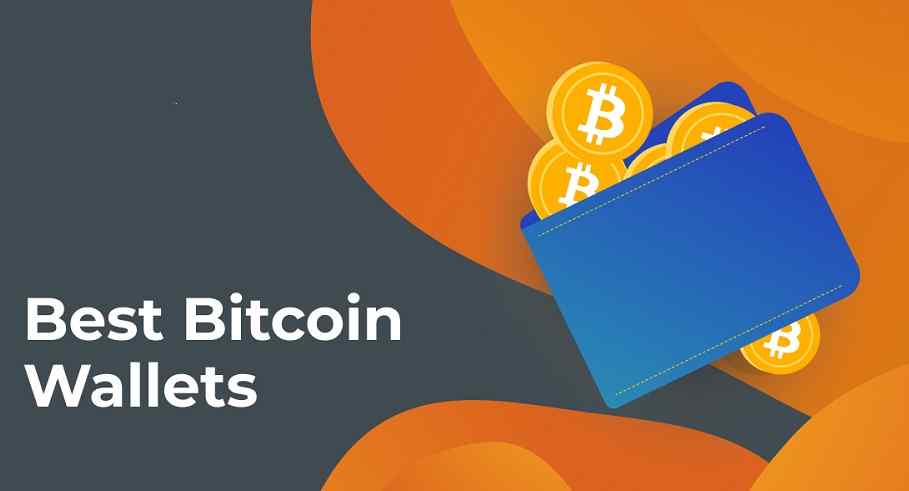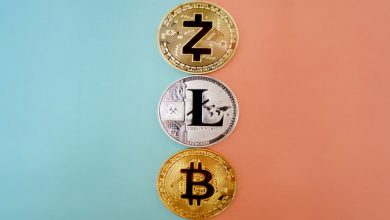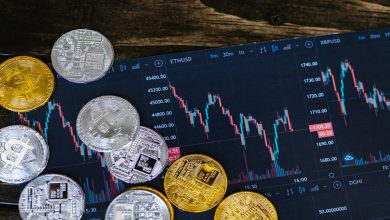Is a Binance Liquidation Looming?

For many years, Binance has always been the leader in liquidity and the largest exchange in the world. The volume they do on their exchange combined with the vast array of assets they list, makes them far and away the market leader for exchanges. However, almost in spite of their reputation as a market leader, is their reputation for opaqueness. That opaqueness allowed them to continue to grow for many years. Customers and regulators seemed to complicitly look the other way when questions of ownership, control, or even famously where the entity is domiciled or where the Founder CZ lives, came to fruition. However, as pressures on the crypto industry have intensified in wake of the numerous bankruptcies (Celsius, BlockFi, Voyager), and the most devastating complete fraud that was FTX. The tides are turning against Binance and the complacency toward their misdeeds is waning. Read here Is a Binance Liquidation Looming?
The crux of the issue lies in the varying degrees of regulatory oversight that different countries are demanding from cryptocurrency exchanges. Binance, known for its rapid expansion and wide array of offerings, has faced scrutiny from multiple jurisdictions for allegedly operating without the required licenses or approvals. This has led to a series of warnings, bans, and investigations that have left users and investors questioning the platform’s compliance with global regulations.
In the United States, for instance, the Securities and Exchange Commission (“SEC”) has heightened its scrutiny of cryptocurrency exchanges, including Binance. The SEC’s focus on Binance alleges: (1) comingling of customer assets with company assets; (2) Binance operated am unregulated national securities exchange, broker-dealer, and clearing agency; (3) Biance native tokens BNB and its stablecoin BUSD, its crypto lending products and staking-as-a-service product, all violate securities law (see: SEC v. Binance). However, that is not even the full extent of Binance’s regulatory issues in the United States, on March 23, 2023, the Commodities Futures Trading Commission (“CFTC”) brought charges against Binance. In those charges, the CFTC alleged numerous violations of the Commodity Exchange Act (“CEA”) and CFTC regulations, including; Binance offered and executed commodity derivatives transactions to and for U.S. persons from July 2019 through the present and Binance has instructed its employees and customers to circumvent compliance controls in order to maximize corporate profits. Aside from offering regulated futures products without a license, the CFTC alleges much more serious claims that Binance did not require its customers to provide any identity-verifying information before trading on the platform, despite the legal duty that entities like Binance functioning as Futures Commission Merchants (“FCM”s) collect such information, and failed to implement basic compliance procedures designed to prevent and detect terrorist financing and money laundering. The severity of the charges against Binance are even being considered on the criminal level with an open investigation by the US Department of Justice. Many believe charges by the Department of Justice would be the final domino for Binance in the US.
Similarly, regulatory authorities in the European Union have taken steps to tighten their grip on Binance. Binance has faced restrictions and warnings from financial watchdogs in various EU member states, citing concerns over anti-money laundering (AML) and know-your-customer (KYC) practices. Most recently, Binance was ordered to halt operations in Belgium, then withdrew from the Netherlands after their license application was rejected. Even worse, Binance has abandoned its application In Cyprus and then withdrew its applications in both Austria and Germany. From the outside, it seems that Binance may be exiting the entire regulated European market. This is at odds with the rest of the industry which celebrates the clarity of the impending Markets in Crypto Assets (“MiCA”) regulation, which has had the effect of more exchanges embracing the EU as a favorable jurisdiction. As of now, according to their website, Binance is registered in France, Italy, Lithuania, Spain, Poland and Sweden. However, that too may need to be updated, because in June 2023, France announced an investigation into Binance for alleged AML violations and “the unauthorized practice of the profession of virtual asset service provider”. Those assertions by the French regulator do not seem to imply Binance is properly registered in the county.
China’s crackdown on cryptocurrency-related activities has added another layer of complexity for Binance. The platform’s roots trace back to China, as it was initially founded in China and its alleged the biggest market for Binance remains China. However, despite having relocated its headquarters, Binance has continued to face challenges stemming from its historical ties to the country.
In the onslaught of adverse regulatory violations and charges against Binance, even their internal team seem to lose confidence in the state of the exchange as in July of 2023 they were hit by a mass staff exodus. The mass resignation of senior Binance team members was heavy on US-based compliance staff and even their General Counsel and Chief Business Officer left the company, which only made rumors of the possible collapse more likely.
In the face of these challenges, the cryptocurrency community is watching closely to see how Binance responds and adapts to the intensifying regulatory scrutiny. Will the platform be able to weather the storm and emerge as a more compliant and secure exchange, or will it face further turbulence that could alter the course of its trajectory? Only time will reveal the outcome.
Could Binance be another FTX?
In the face of all this security are insidious rumors that Binance is more like FTX than it is like Coinbase. This is a harsh accusation and not meant to be presented as a conclusion. The below is merely a compilation of facts that may lead to assumptions on the internal health of Binance. The rumor started back in early June, where it was alleged Binance was selling bitcoin on the spot market to then purchase its native token $BNB to maintain the price of $BNB and therefore not cause all the outstanding loans Binance has collateralized with $BNB. Doesn’t that sound eerily similar to the situation FTX had with its FTT token?
Given that it would be impossible to know the full extent of the outstanding loans Binance could have collateralized against $BNB, or the amount of collateral they have to be able to defend against liquidation (more on this part soon), it would be difficult to understand at what price for $BNB we could see Binance getting into trouble. However, there has been a lot of speculation that the $220 price of $BNB was defended vigorously. Further, the funds flow of selling $BTC for $USDT then pumped directly into $BNB as pointed out by on-chain analytics research firm Skew seems to corroborate this theory. The $220 number for $BNB has come and gone in the past few days as at the time of this article BNB is trading at $214. Recently, the sleuths of crypto twitter have found an on-chain loan using $BNB as collateral for roughly $169 million notional was discovered on the Venus Protocol and rumored linked to Binance (in all honesty, who else could it be?).
What’s even scarier is that, the collateral for $BNB has been pouring into this loan as the price of $BNB continues to tank. This presents a further ominous picture, because what happens when the collateral to keep this loan from liquidating runs out? (hint: Binance customer funds).
Well, likely not-coincidentally, Binance updated their Terms of Use updated August 21, 2023) to state: “Binance may in its discretion convert such Digital Assets to a different type of Digital Asset”.
What could be the impetus for this disclosure in the Binance Terms of Use? Perhaps, it could support a hypothesis that Binance is using customer funds to convert to $BNB and prop up the price. In the wake of FTX, we found that they violated their Terms of Service Agreement stating they would never misuse customer assets and holding it in-kind. Perhaps Binance is doing what it can to mitigate the most serious of charges in the event of an impending collapse?
Going back to Binance operates in a more of a regulatory gray area, controls like audited financials have never been released. Not only have audited financials never been release, the company has never disclosed revenue, profit or cash reserves. What’s even worse is that in jurisdictions where audited financial statements are required for licensing like the US and its jurisdiction over Binance US and BAM Trading, deadlines to produce these audited financials were missed, despite court order. Further, this led to Binance losing its banking partners and even longstanding payment processors like Checkout.com. This cascading effect, caused platforms like Coinbase and Robinhood to delist the $BNB token, a near shadow ban of Binance domestically. Collectively, the events show a changing of the tide for Binance as its misdeeds have compounded to place a major strain on the world’s largest exchange. The future may be bleak for Binance.
Again, the above mentioned points are not intended to be conclusory. However, it is prudent to believe that the price of $BNB will act as a risk proxy for the rest of the market. Stay safe out there, stay informed and watch for signals.
Article by https://vtrader.io/. Want more content like the above, subscribe to https://vtrader.io/news/ site for updates on everything cryptocurrency.




